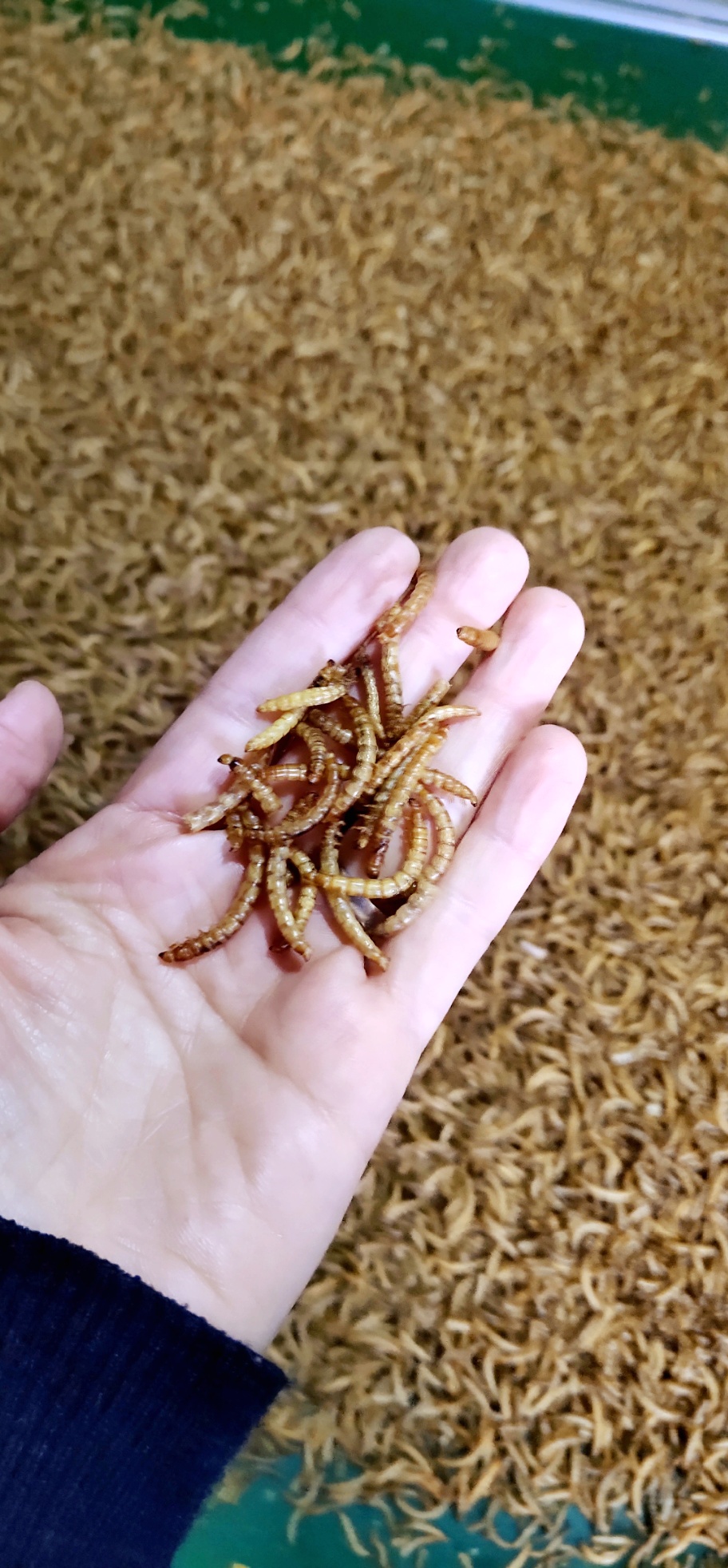In the production of broiler breeder chickens, chickens are often induced cloacitis due to environmental, nutrition, disease and human factors. The disease is bred in caged broiler breeders, and the hens have more hair than roosters. The diseased chickens were generally lack of energy, reduced feed intake, cyanosis, cloacal mucosal inflammation, edema, and erosion, clotting around the cloaca, and bruising of the skin. Failure to take effective measures as soon as possible will lead to an increase in the survival rate of breeder flocks. The author now describes the prevention and control measures as follows;
Doing a good job in hygienic management in chicken houses One of the reasons for the large stocking density in broiler raising broiler houses is to increase the ventilation of the broiler house so as to reduce the stimulation and harm caused by harmful gases in the house. Second, it is necessary to promptly remove the chicken manure inside the house. The sidewalk inside the house should be clean and dusty. Third, it is necessary to create a suitable temperature and humidity environment for chickens. Fourth, 2-3 times a week to carry out chicken disinfection, to adhere to daily cleaning and disinfection of drinking water appliances. Fifth, it is necessary to prevent the feed from being contaminated by feces. Sixth, it is necessary to reduce floor chickens to a minimum. Seventh, it is necessary to do a safe and harmless treatment of dead chickens to minimize and eliminate the spread of harmful pathogenic microorganisms.
Doing a good job in drug prevention against E. coli and other diseases The occurrence of E. coli disease and salmonellosis and the up-rising infection of the bacteria are one of the major causes of cloacitis. Therefore, under the premise of good drug prevention during the breeding period, a further drug prevention must be carried out before the broiler breeder is born. The drug should be administered twice a month after the start of production. Commonly used drugs are neomycin, gentamicin, ciprofloxacin and sulfa drugs. In addition, all kinds of stress factors should be reduced or eliminated to prevent the invasion of conditional Escherichia coli; reasonable attention should be paid to the use of chickens in order to avoid disrupting the balance of intestinal microflora and causing endogenous E. coli infection. Cause the disease.
Feeding full-priced diets with vitamin A, vitamin D3, vitamin E, vitamin B in chicken-combined diets
1. The lack of vitamin B2, high calcium diets, and insufficient or low levels of available phosphorus can cause cloacal epithelial keratinization and induce cloacal inflammation. For this reason, when formulating a chicken diet, care must be taken to ensure that the diet contains sufficient vitamins and maintains a proper ratio of calcium to phosphorus.
Skilled mastering of artificial insemination techniques in chickens is an important task in preventing and treating this disease. Requires artificial insemination technology operators, first, to avoid semen contamination such as excrement and urine when extracting sperm; second is to correctly grasp the chicken's method of turning the anus, exertion should be appropriate, to prevent forced clotting cloacal cavity; Inseminated personnel should be light, the depth of input should be appropriate, to avoid mechanical damage; Fourth, disinfection of insemination equipment thoroughly to prevent infection with E. coli, etc.; Fifth, to prevent cross-infection. To prevent this disease, 2000 international units of penicillin and streptomycin can be added to each milliliter of diluted semen.
To do a good job in drug treatment, one must add a certain dose of oxytetracycline, enrofloxacin, and Talegar to the chicken feed and drinking water for large groups. Second, the chicken can enter 20,000 IU of gentamicin within the interval of insemination. Thirdly, for chickens with severe disease, 0.1% potassium permanganate solution can be used to flush around the cloaca, in which chlortetracycline or tetracycline ointment is applied, and 30 to 40 mg of kanamycin is injected intramuscularly per kg of body weight of the chicken. Injection once a day, continuous injection for 3 days.
The yellow mealworm is not only rich in protein, fat, polysaccharid and other organic macromolecular nutrients, but also rich in phosphorus, potassium, iron, sodium, aluminum and other trace elements. For every 100g of the yellow mealworm larvae, the protein content of dry powder is between 48% and 54%, the fat content is between 28% and 41%, and the contents of vitamin E, B1 and B2 are also high. Therefore, the yellow mealworm can provide high quality protein for birds, make birds strong, eyes bright, feathers rich and shiny.

Bird Feed,Bird Food,Wild Bird Food,Homemade Bird Food
Fenxi Kangruilai Biotechnology Co., Ltd. , https://www.kangruilai-petfeed.com